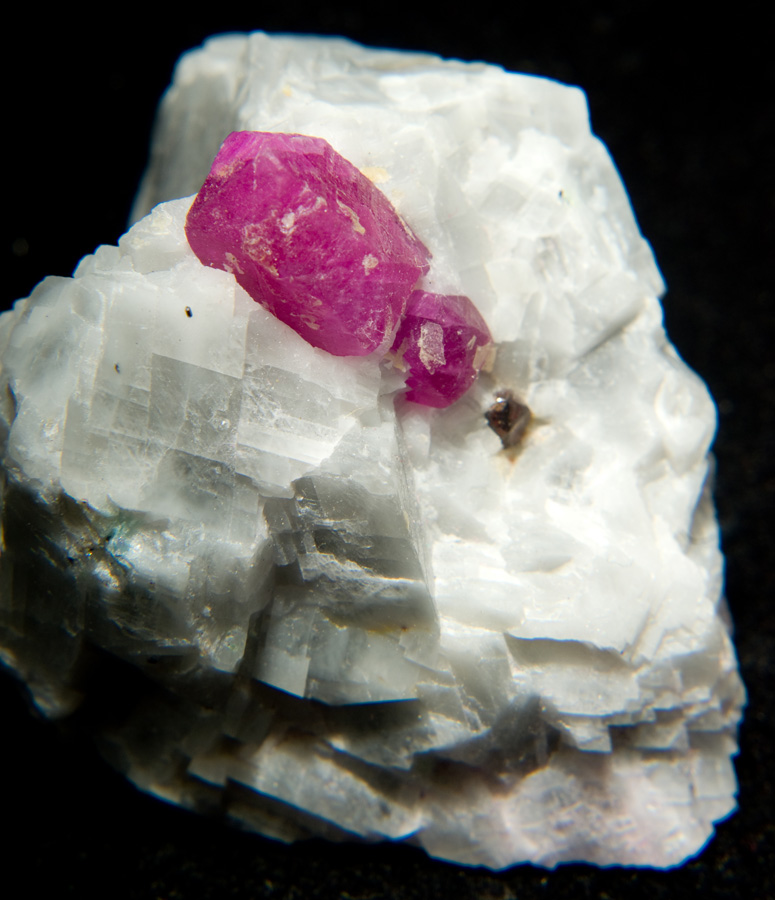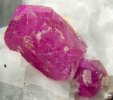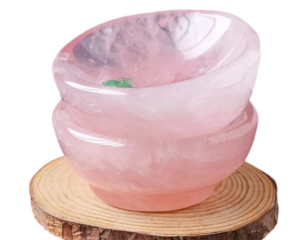Corundum is a crystalline form of aluminium oxide (Al2O3) with traces of iron, titanium and chromium.[1] It is a rock-forming mineral. It is one of the naturally clear transparent materials, but can have different colors when impurities are present. Transparent specimens are used as gems, called ruby if red and padparadscha if a pink-orange, while all other colors are called sapphire.
The name “corundum” is derived from the Tamil word “kuruntam” meaning “ruby”, and related to Sanskrit “kuruvinda”.
Because of corundum’s hardness (pure corundum is defined to have 9.0 Mohs), it can scratch almost every other mineral. It is commonly used as an abrasive, on everything from sandpaper to large machines used in machining metals, plastics, and wood. Some emery is a mix of corundum and other substances, and the mix is less abrasive, with an average hardness near 8.0.
Source: en.wikipedia.org/wiki/Corundum





























Leave a Reply
You must be logged in to post a comment.